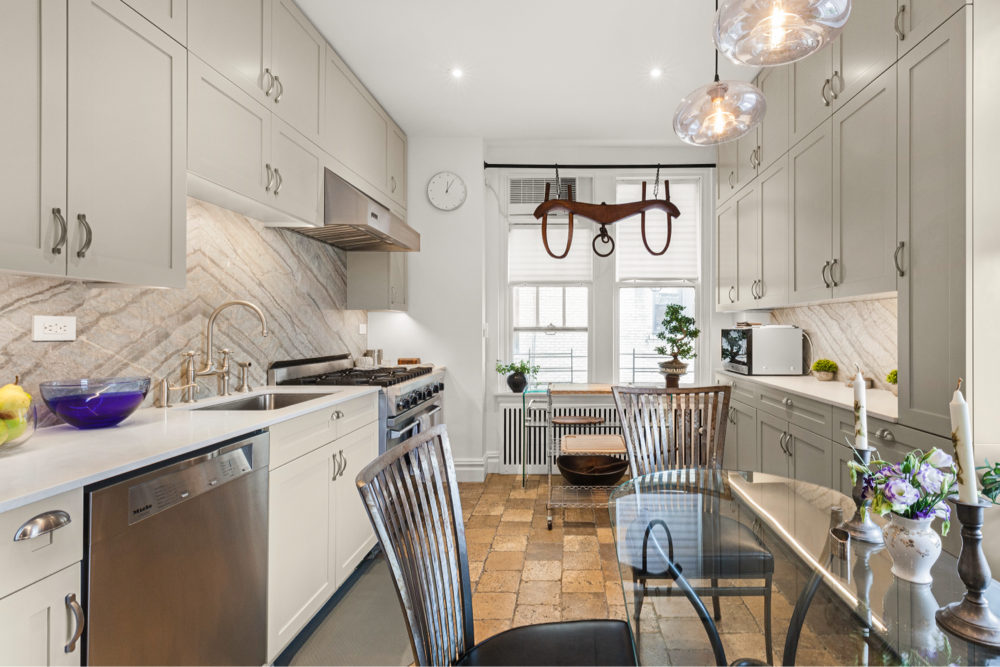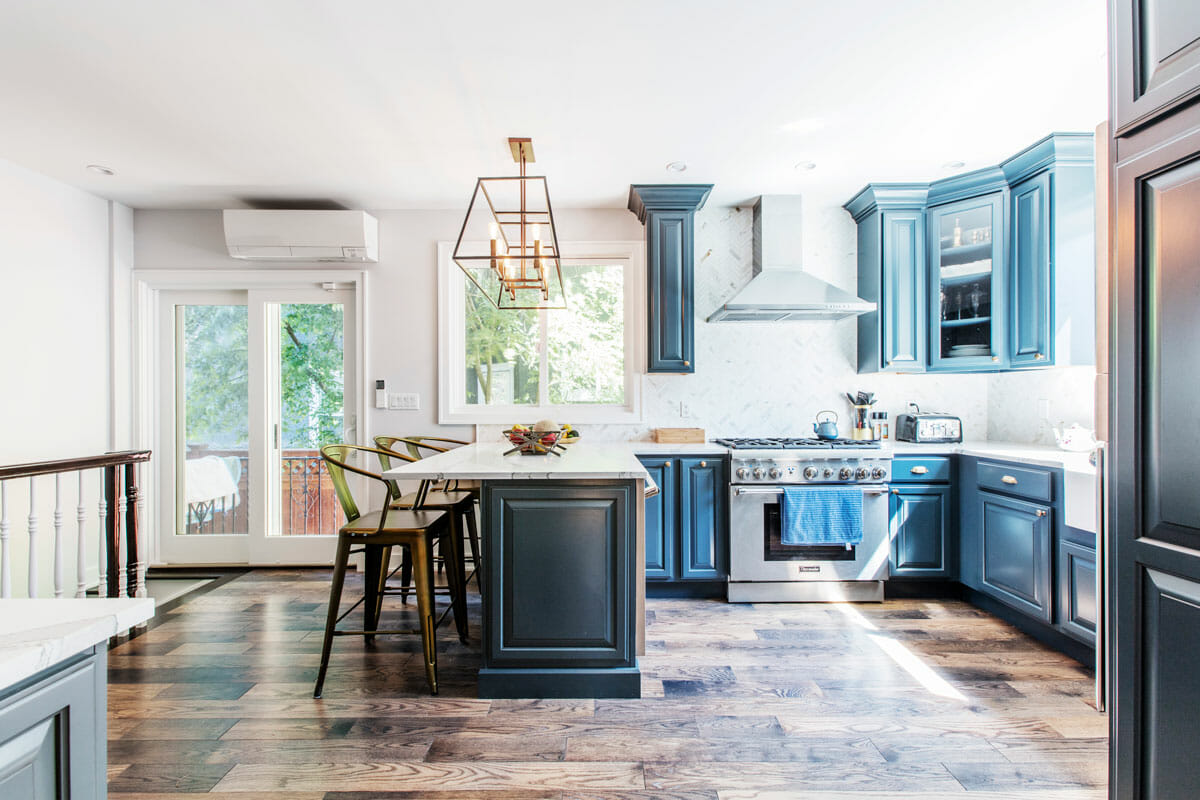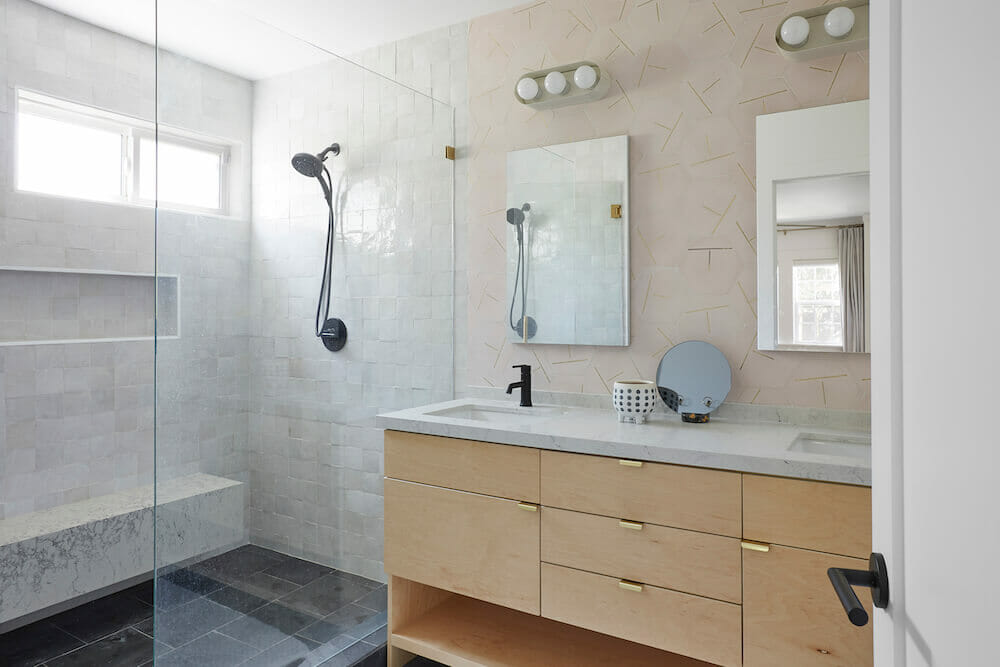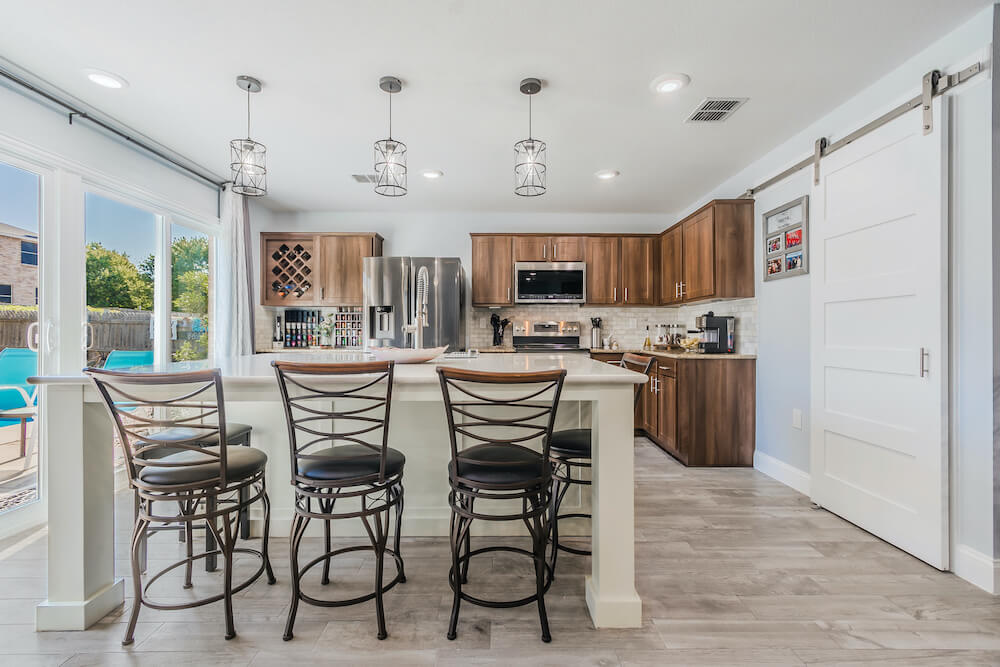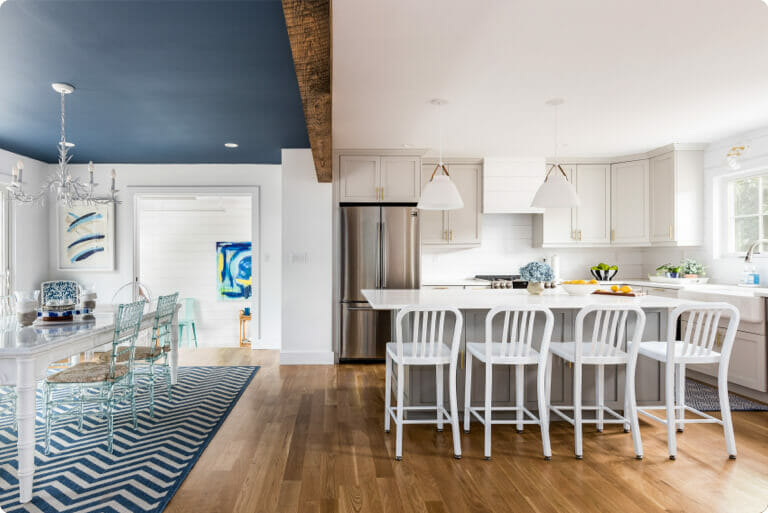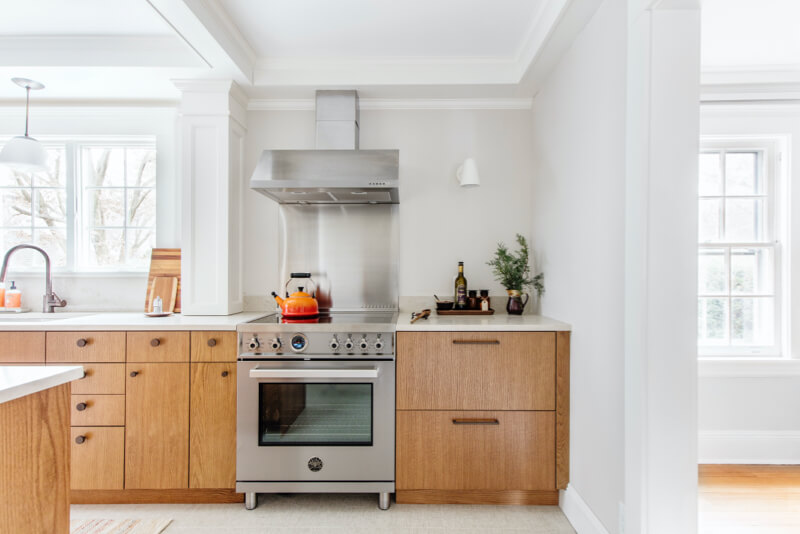When a Home Renovation Becomes a Tax Question: The IRS Says It’s Complicated
For many American homeowners, the allure of a gleaming new kitchen or the promise of energy-efficient windows often leads to a significant investment. As invoices pile up and new fixtures take shape, a recurring thought emerges: can these substantial expenditures yield a benefit come tax season?
The straightforward answer, for the vast majority of standard home renovations, is typically no, not in the way many homeowners might expect. Unlike some business expenses, personal home improvements are rarely directly deductible from annual income.
However, to leave the explanation there would be to miss the critical nuances of the U.S. tax code. While a full tax write-off for a new patio remains elusive, specific types of home improvements can indeed offer financial advantages, primarily through tax credits or by adjusting a property’s “cost basis.”
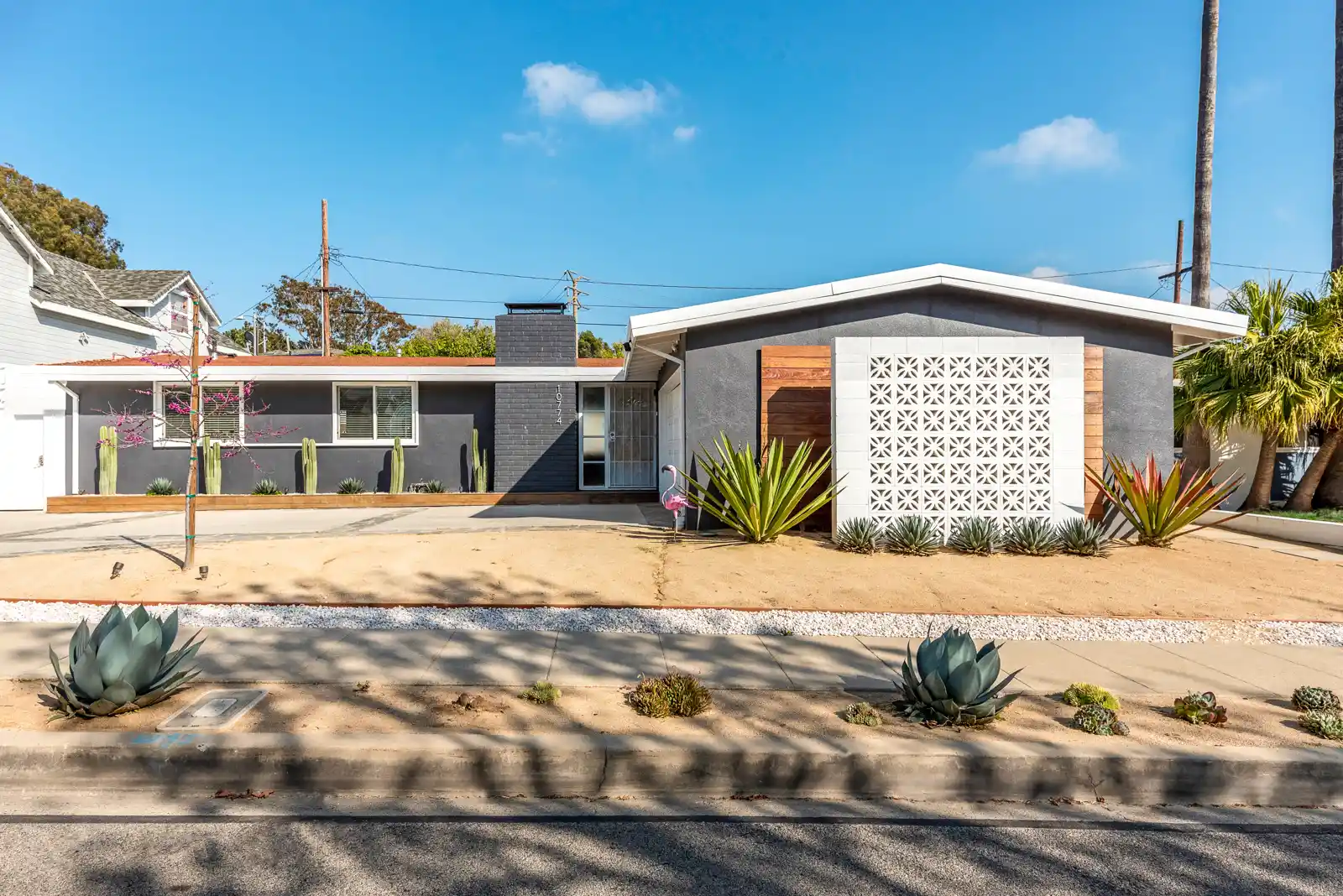
Decoding the Tax Language: Deductions, Credits, and Basis
Before delving into specifics, understanding the precise terminology is crucial:
- Tax Deduction: This mechanism reduces your taxable income. The ultimate financial benefit depends on your marginal tax bracket; a deduction lowers the amount of income on which you pay taxes.
- Tax Credit: A more potent financial tool, a tax credit directly reduces the amount of tax you owe, dollar for dollar. A $500 tax credit translates to a $500 reduction in your final tax bill.
- Cost Basis: In the context of real estate, this refers to the original value of your home plus the cost of any significant capital improvements made over the years. When you eventually sell your home, your taxable “gain” (profit) is calculated by subtracting this adjusted cost basis from the sale price. A higher cost basis effectively reduces the taxable portion of your profit.
The prevailing reality for most home renovations is that they function as “capital improvements,” primarily impacting your cost basis. This means any tax benefit typically materializes only at the point of sale. Yet, there are notable exceptions.
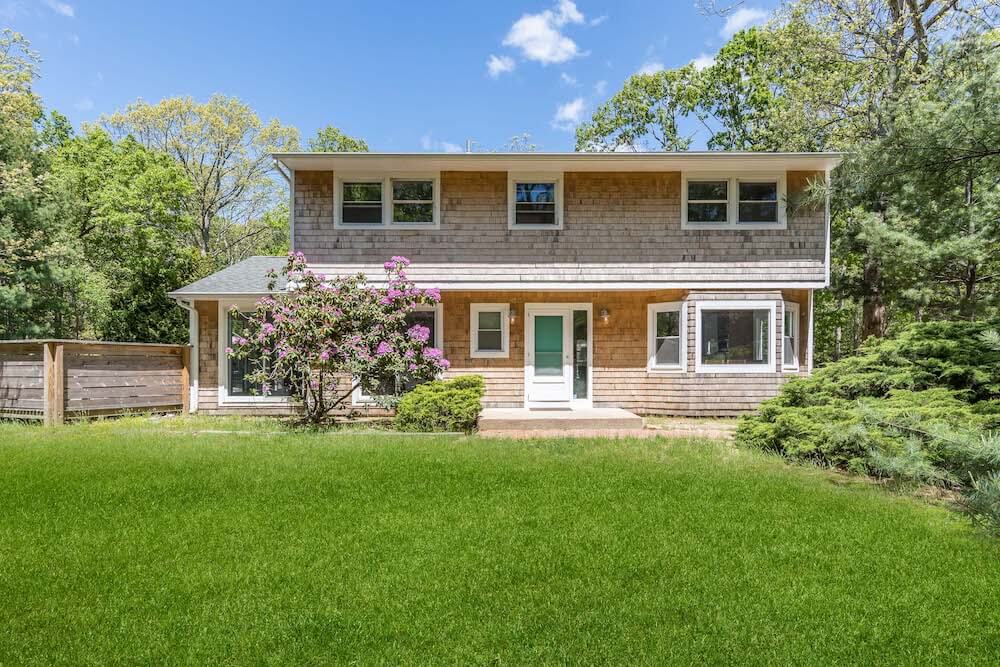
Post your project on Sweeten for free and make your dream renovation a reality. Sweeten simplifies home renovation by connecting homeowners with top-rated general contractors, handling the vetting process and project management. To learn more about how we can help, check out our home renovation services. Sweeten brings homeowners an exceptional renovation experience by personally matching trusted general contractors to your project, while offering expert guidance and support—at no cost to you. Renovate expertly with Sweeten
Specific Pathways to Tax Benefits for Home Improvements:
1. The Energy Efficiency Imperative: Federal Tax Credits
This category represents the most common avenue for homeowners to derive direct tax benefits from renovations. The Internal Revenue Service (IRS) offers various tax credits designed to incentivize specific energy-efficient upgrades. Crucially, the Inflation Reduction Act of 2022 significantly enhanced these credits, extending their availability through 2032.
-
Energy Efficient Home Improvement Credit: This credit can cover 30% of the cost of certain qualified energy-efficient improvements, subject to annual limits.
- Up to $1,200 annually for general improvements such as:
- Qualified exterior doors (capped at $250 per door, $500 total per year)
- Exterior windows and skylights ($600 per year)
- Insulation and air sealing materials or systems (no specific limit beyond the $1,200 annual total)
- Home energy audits (capped at $150 per year)
- Specific energy property, including central air conditioners, furnaces, and water heaters ($600 per item)
- Up to $2,000 annually for higher-efficiency items like qualified heat pumps, heat pump water heaters, and biomass stoves/boilers.
- A critical distinction: These are annual limits, not lifetime caps. Homeowners can potentially claim these credits each year they make eligible improvements, offering ongoing incentives until 2033.
- Up to $1,200 annually for general improvements such as:
-
Residential Clean Energy Property Credit: Also set at 30% of the cost (with no annual or lifetime limits), this credit applies to the installation of renewable energy property. Eligible installations include:
- Solar panels
- Solar water heaters
- Geothermal heat pumps
- Small wind turbines
- Fuel cell property
- Battery storage technology (with a minimum 3 kWh capacity)
Recommendation: For homeowners undertaking energy-efficient upgrades, a thorough review of IRS guidelines (specifically Form 5695) and diligent record-keeping of all expenses and product certifications are essential.
2. Renovations for Medical Necessity: Limited Deductibility
This category is highly specialized but offers a vital pathway for those adapting their homes for medical reasons. If a renovation is undertaken primarily for the medical care of the taxpayer, their spouse, or a dependent, a portion of the expense may be deductible.
- Qualifying Modifications: These typically involve accessibility enhancements, such as:
- Installation of entrance or exit ramps
- Widening of doorways or hallways
- Modifications to bathrooms (e.g., grab bars, roll-in showers)
- Adjusting kitchen cabinets or appliances for easier access
- Installation of lifts (stair lifts, porch lifts)
- Adaptation of fire alarms or warning systems for individuals with sensory impairments.
- Key Limitations:
- The taxpayer must itemize deductions on their tax return, a practice less common since the 2017 tax reforms increased standard deduction amounts.
- The medical expense must exceed 7.5% of the taxpayer’s Adjusted Gross Income (AGI).
- Crucially, if the improvement increases the value of the home, only the amount by which the expense exceeds that increase in value is deductible. For example, if a $10,000 elevator adds $4,000 to the home’s market value, only $6,000 would be potentially deductible.
- Documentation, often including a doctor’s note or prescription, is typically required to substantiate the medical necessity.
3. The Home Office Deduction: A Niche for the Self-Employed
For individuals who are self-employed and use a dedicated portion of their home exclusively and regularly as their principal place of business, renovations to that specific area may be deductible.
- Eligibility: This deduction is strictly for self-employed individuals, independent contractors, or small business owners. It is not applicable to W-2 employees working remotely.
- Deductible Expenses:
- Direct Expenses: Costs that solely benefit the home office space (e.g., repainting the office walls, installing custom shelving, specific electrical upgrades for business equipment) are 100% deductible.
- Indirect Expenses: A proportionate share of costs that benefit the entire home (e.g., a percentage of a new roof, HVAC repair, or general utility costs) can be deducted, based on the percentage of the home’s square footage occupied by the office.
- Calculation Methods: Taxpayers can choose between the simplified method (a flat $5 per square foot, up to 300 sq ft) or the regular method (calculating actual expenses).
- Important Consideration: Claiming a home office deduction can have implications for the capital gains exclusion when selling the home, as it designates a portion of the property as business rather than solely personal use.
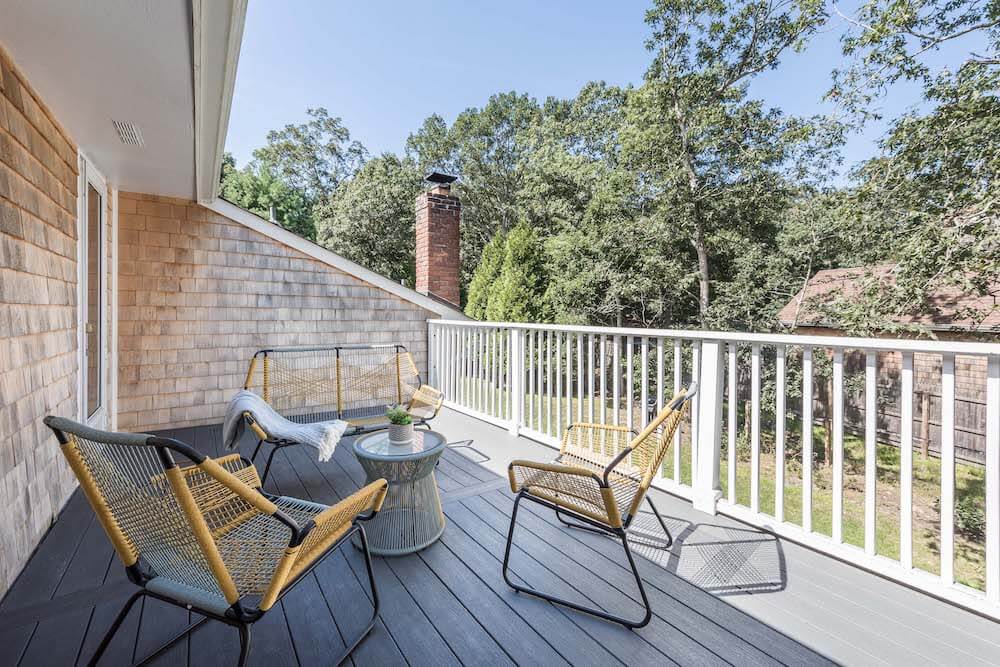
The Most Common Outcome: Capital Improvements and the Cost Basis
For the vast majority of renovation projects—such as building a new deck, undertaking a standard bathroom remodel (not medically necessary), installing a new roof (unless it’s an energy-efficient variant qualifying for a credit), or finishing a basement—the cost is not deductible in the year it’s incurred.
Instead, these are categorized as capital improvements. Their cost is added to your home’s cost basis. This means that when you eventually sell your home, these improvement costs effectively reduce your taxable profit (capital gain).
- Illustration: If you purchased your home for $300,000 and subsequently invested $50,000 in a kitchen renovation and a new deck, your adjusted cost basis would become $350,000. Should you later sell the home for $400,000, your taxable capital gain would be $50,000 ($400,000 sale price – $350,000 adjusted cost basis). Without these improvements, your gain would have been $100,000 ($400,000 – $300,000).
A Crucial Point for Many: The IRS offers a substantial tax-free exclusion for capital gains on the sale of a primary residence: up to $250,000 for single filers and $500,000 for married couples filing jointly. This exclusion applies if you have owned and lived in the home for at least two of the five years preceding the sale. For many homeowners, this means they will not owe capital gains tax, regardless of the improvements made.
At Sweeten, we’re experts at all things general contractors. Here’s how Sweeten works: We pre-screen them for our network, carefully select the best ones for your remodeling project, and work closely with hundreds of general contractors every day.
The Undeniable Imperative: Meticulous Documentation
Regardless of the nature or scale of your renovation, the paramount rule for any potential tax benefit is rigorous documentation. Maintain comprehensive records, including:
- All receipts: For materials and labor.
- Invoices and contracts: From all contractors and service providers.
- Before and after photographs: Particularly crucial for medical or home office-related improvements.
- Energy Star or manufacturer certificates: For any energy-efficient products installed.
- Doctor’s notes or prescriptions: To substantiate medical necessity for accessibility modifications.
Navigating the tax implications of home renovations can be a labyrinthine task. While this guide outlines the primary considerations for US homeowners, it is invariably advisable to consult with a qualified tax professional. Their expertise can ensure you fully understand your specific situation, maximize any legitimate tax benefits, and avoid potential compliance issues with the IRS. Do not leave money on the table, nor risk missteps with tax authorities.
Planning to renovate? Get cost estimates from our GCs for free!
Get matched with our vetted general contractors and receive at least 3 quotations for free! You can also find endless home renovation inspiration, detailed guides, and practical cost breakdowns from our blogs.

